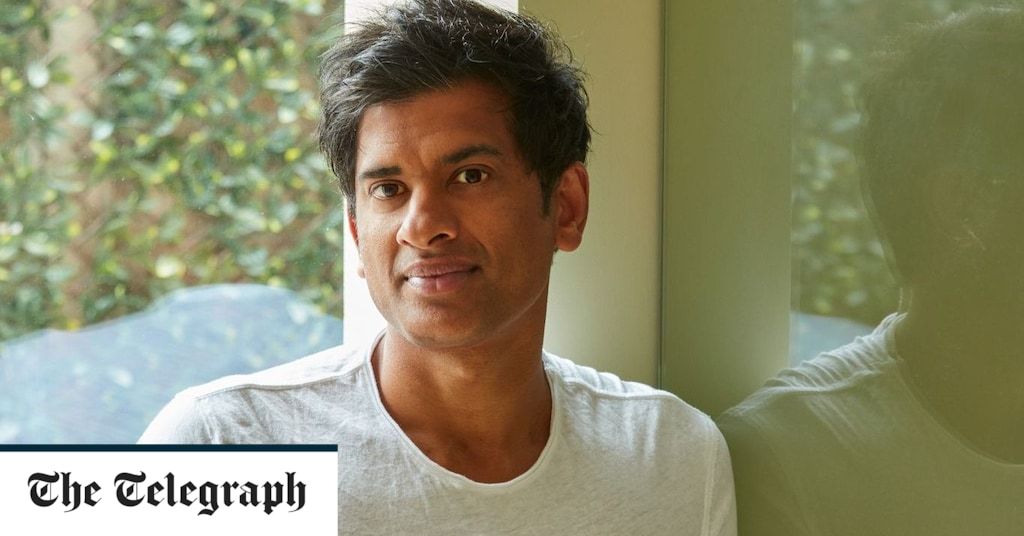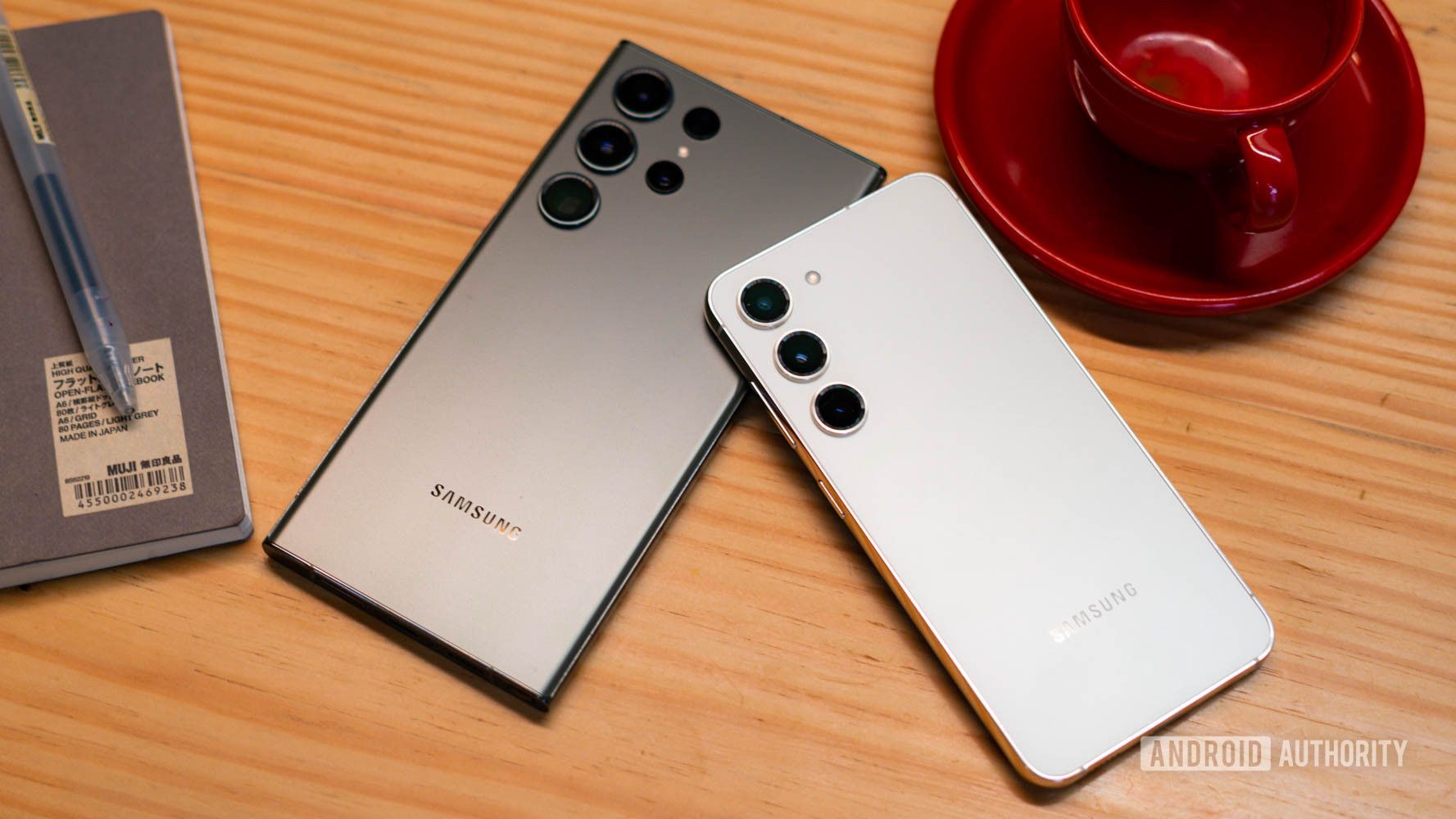The damage three slices of pizza can really do
“I’m actually not as pro-tracker as many people. I have real concerns over how much tracking is being used.”
Chatterjee wore an Oura smart ring for two months. He comments, “I learnt some key things, such as, if I eat within two hours of going to bed, the quality of my sleep is lower; if I have half a glass of red wine in the evening, my REM sleep drops dramatically. But I think many people are becoming obsessed with health metrics and requiring a device to tell them how they feel.”
He has seen how dependent the benefits of health tracking are on what type of personality you are from that most old school of health tracker: the blood pressure monitor.
“Many patients over the years have asked if they should get a home monitoring cuff from the pharmacy, and I’ve noticed that maybe half of the patients said it was a good thing – they checked it two or three times a week and it kept them motivated. But the other half would be checking five times a day and they’d get anxious as soon as it was high and leave messages for me to call them back. It was putting their blood pressure up!”
As a result, Chatterjee cautions that for some, CGMs may become another thing to be obsessed by.
“We should not be demonising blood sugar spikes,” he says. “They’re normal. The problem is when these spikes are high and they’re chronic, happening several times a day, every day.”
He wouldn’t advise anyone with a history of eating disorders to use a CGM. But, as we face a tidal wave of obesity in the UK, he concedes that CGMs offer potential insights that are impossible to get any other way.
“In the UK, we spend around £5.1 billion a year on the treatment of obesity and type 2 diabetes – more than we spend on police, fire service and the judicial system combined,” says Chatterjee.
His enthusiasm comes with a caveat. How useful the information from a CGM is depends on who you are, and your wider lifestyle. If you’re thinking that any sensible person doesn’t need to wear a CGM to know that a diet of refined carbs isn’t going to be a net positive, then there are more subtle insights to be drawn from their use.
Frequently, what we think are healthy habits are actually spiking our sugars. For Chatterjee, the more illuminating lessons were about the healthy food habits that were a staple part of his diet.
“Having written numerous books telling us all how to eat more healthily, I am committed to walking the walk as well,” he says.
But when he first wore a monitor two years ago, a year before the pizza party, it made him rethink some of his “healthy” staples. Sweet potatoes were the first casualty. The wedges he enjoyed at family dinners four times a week were pushing his blood sugar far too high.
“I’ve got a hearty appetite, but as a result I can overeat healthy food. As someone in an Indian family, I grew up eating white rice. I’ve learnt that quantity really matters. Before, a third of my plate might have been white rice alongside a fish curry perhaps.”
Source: The Telegraph


